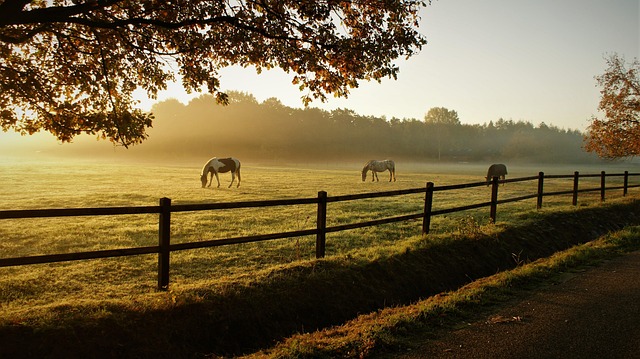Coastal areas present unique challenges for fencing due to harsh weather conditions and exposure to salt water. This article explores the benefits of durable wooden fencing as a robust and aesthetically pleasing solution for these environments. We delve into the selection of suitable wood species, installation techniques to enhance longevity, and maintenance strategies to ensure your fence stands the test of time against coastal elements, offering both strength and visual appeal.
- Understanding Coastal Fencing Challenges
- Benefits of Durable Wooden Fencing
- Choosing the Right Wood Species
- Installation Tips for Maximum Durability
- Maintenance and Longevity Strategies
Understanding Coastal Fencing Challenges
Coastal areas present unique challenges when it comes to fencing due to their harsh, ever-changing environments. Strong winds, salty air, and regular exposure to moisture can quickly deteriorate traditional fencing materials. Additionally, coastal regions often experience extreme weather events like storms and hurricanes that can cause significant damage to structures in their path, including fences.
The primary concern for any fencing material in these areas is durability and resistance to corrosion. Wooden fences must be treated to withstand these conditions, which involves using rot-resistant woods, protective coatings, and proper installation techniques. Understanding these challenges is the first step towards selecting the right fencing solution that can protect properties and provide long-lasting security along coastlines.
Benefits of Durable Wooden Fencing
Durable wooden fencing offers a multitude of benefits for coastal areas. Firstly, it provides a natural and aesthetically pleasing barrier, enhancing the landscape without disrupting the environment. Unlike synthetic materials, wood adds warmth and character to the surroundings, seamlessly integrating with the surrounding flora and fauna.
Moreover, durable wooden fences are highly resistant to harsh weather conditions commonly found along coastlines, such as strong winds, heavy rainfall, and salt mist. Properly treated and maintained, these fences can withstand extreme conditions for extended periods, ensuring longevity and minimizing replacement costs. Additionally, they offer privacy and security while allowing natural light and air circulation, creating a comfortable outdoor living space despite their proximity to the sea.
Choosing the Right Wood Species
When selecting wood for coastal fencing, understanding the unique challenges presented by salty air and frequent moisture is paramount. Not all woods are created equal in this regard; some species are naturally more resistant to decay and weather damage than others. Redwood and cedar are well-known for their durability, thanks to natural oils that repel water and inhibit fungal growth.
Considered game-changers for coastal applications, these woods offer not just longevity but also an aesthetically pleasing finish that requires minimal maintenance. Other durable options include teak and some varieties of hard pine treated with preservatives. Researching and selecting a wood species suited to the specific climate and conditions of your coastal area is key to ensuring your fencing stands the test of time.
Installation Tips for Maximum Durability
When installing durable wooden fencing in coastal areas, proper preparation is key to maximizing its longevity. Begin by ensuring a solid foundation; concrete posts driven deep into the ground provide stability against strong winds and salty air. The base of the fence should be at least 6 inches above high-tide levels to prevent water damage. Regular cleaning and maintenance are essential too—use pressure washers or soft brushes to remove salt buildup, which can weaken wood over time.
For optimal durability, use treated timber suitable for exterior applications. Consider pre-assembled panels for easier installation and less exposure of raw wood surfaces to the elements. Ensure gaps between fence boards are filled with water-resistant sealing compounds to prevent moisture seepage. Regular checks for loose or damaged sections will also help maintain the overall integrity and longevity of your coastal fencing system.
Maintenance and Longevity Strategies
Proper maintenance is key to ensuring your wooden fence lasts for years, especially in coastal environments with salt air and moisture. Regular cleaning with a soft brush or cloth removes salt buildup and other debris, preventing it from damaging the wood. A water-based preservative applied twice annually can protect against rot and insects, extending the life of the fence significantly.
Staining every 3 to 5 years offers extra protection by filling in pores that absorb moisture. Choose a high-quality, water-repellent stain suitable for exterior use. Additionally, inspect your fence regularly for signs of wear or damage, addressing issues promptly. These strategies combine to safeguard your investment, preserving the beauty and structural integrity of your durable wooden fencing long into the future.
